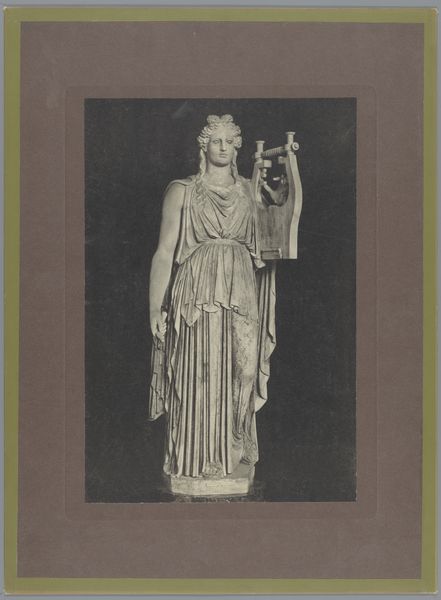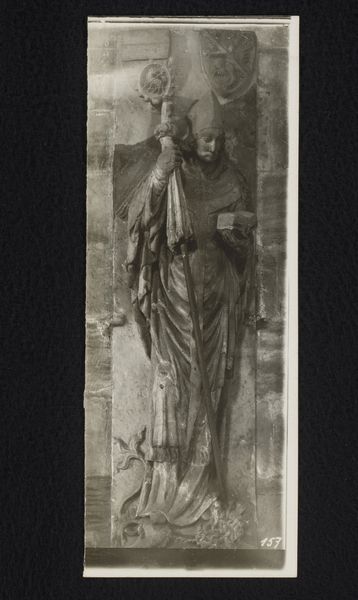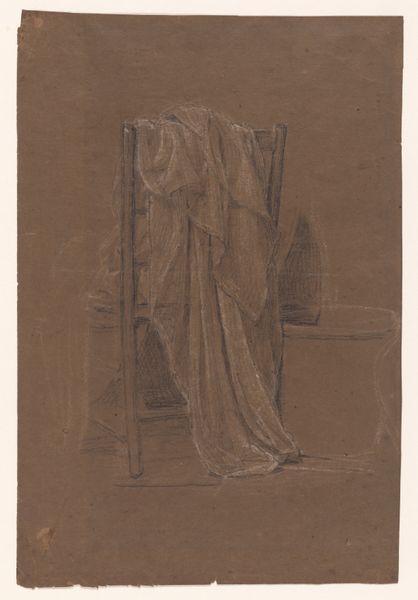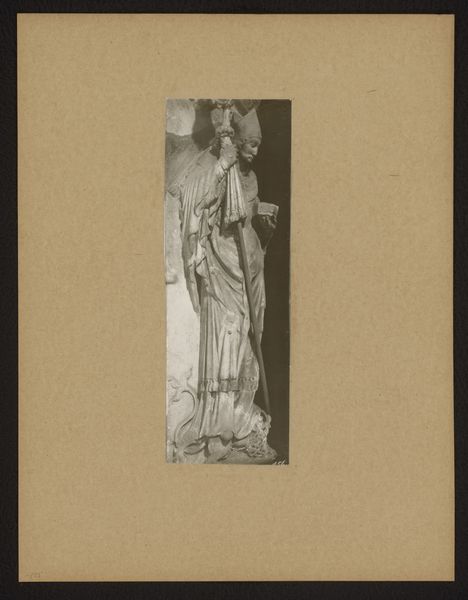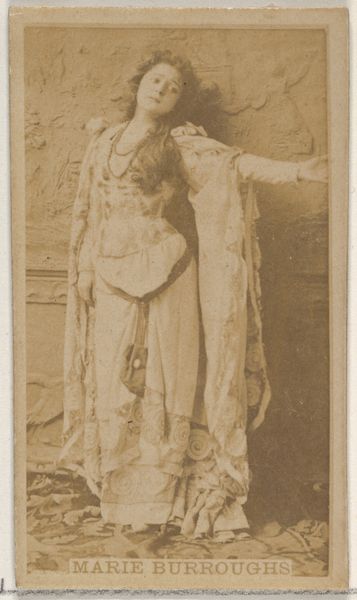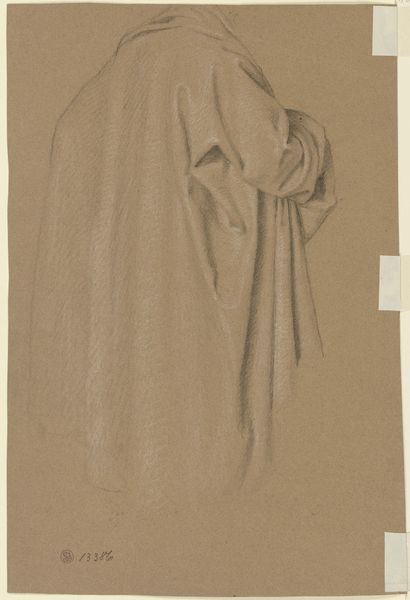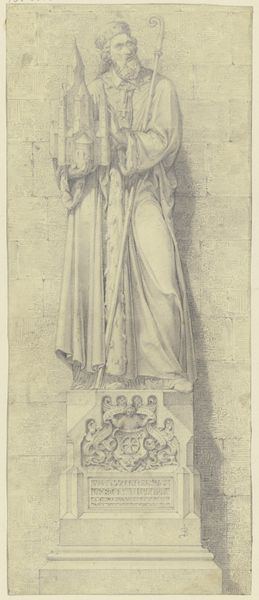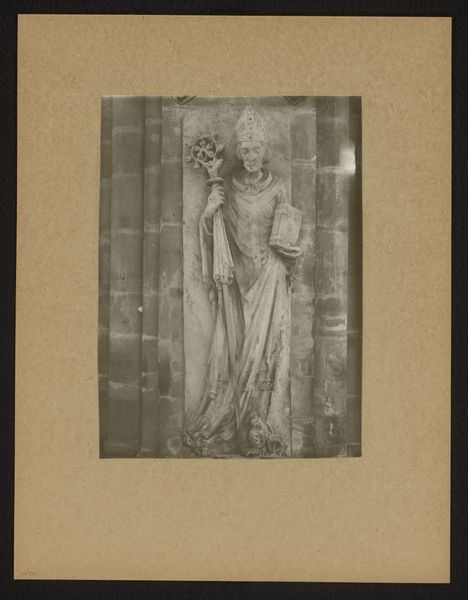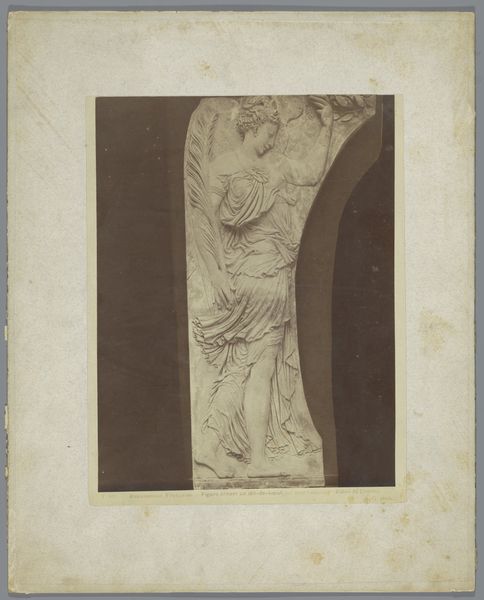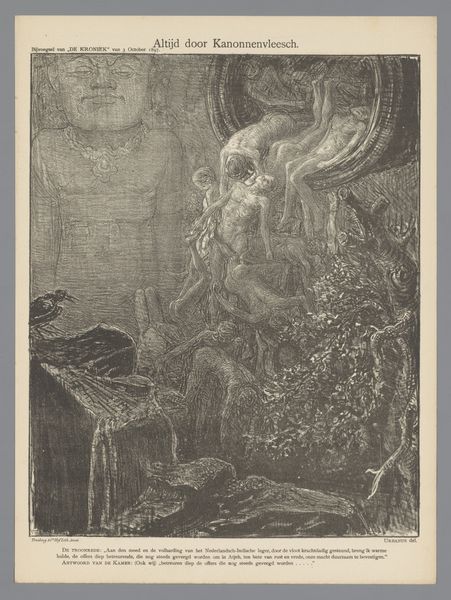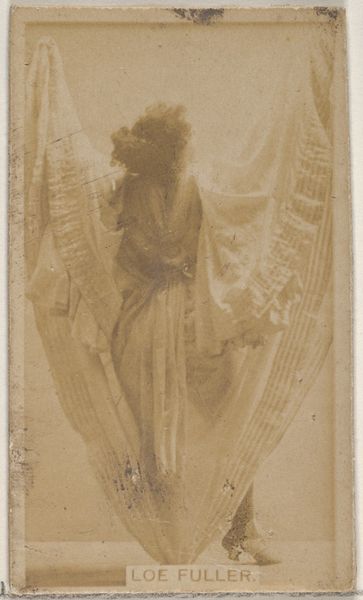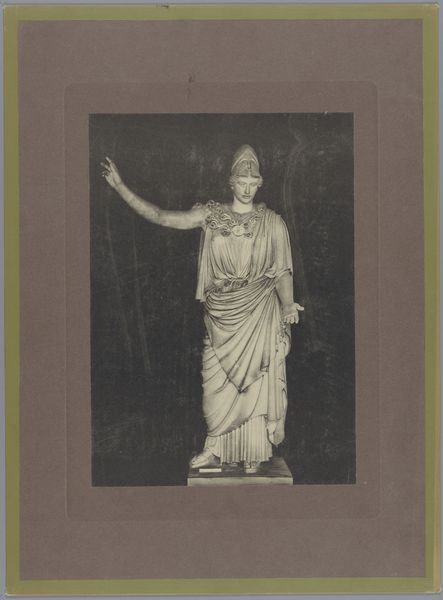
Basso Relievo--of Wingless Victory--lately found 1848
0:00
0:00
print, relief, photography, sculpture, gelatin-silver-print
#
portrait
# print
#
greek-and-roman-art
#
relief
#
classical-realism
#
figuration
#
photography
#
sculpture
#
gelatin-silver-print
Dimensions: 20.6 x 15.2 cm (8 1/8 x 6 in. )
Copyright: Public Domain
Editor: Here we have George Wilson Bridges' photograph from 1848, entitled "Basso Relievo--of Wingless Victory--lately found." It’s a gelatin silver print depicting a classical relief sculpture. The draping on the figure is so evocative, it almost seems to breathe even in monochrome. I’m intrigued by how photography captures sculpture. What do you see in this piece, that maybe I'm missing? Curator: For me, it’s the echo of a lost world caught in this image. This "Wingless Victory"… she feels incomplete, doesn’t she? Grounded. Perhaps that's why Bridges was drawn to photograph it. He captures not just the physical form, but a feeling of loss, a yearning for an idealized past, filtered through his own Victorian sensibility. Do you feel that yearning too, or something different? Editor: I see that too. There’s also this interplay of textures. The smooth marble versus the grainy photograph...it's quite something. What strikes me is the "lately found" part of the title: what's the story behind that rediscovery? Curator: That’s it! Bridges, I suspect, was fascinated by the romance of the find. That this object, lost to time, was suddenly thrust back into the light. It speaks volumes about the Victorian obsession with antiquity. Think Indiana Jones, but with daguerreotypes! Editor: Ah, like a proto-archaeological documentation. A captured moment of rediscovery through the then cutting edge technology. It seems less like simply replicating a sculpture, and more a thoughtful reflection. Curator: Exactly! It shows us the art of looking, and feeling. He’s not just presenting a Roman artifact; he's sharing his emotional connection to it, giving us a slice of how the Victorians were so fascinated by the ancient world. It makes us wonder how we might capture the essence of art, and its past lives today, right? Editor: Definitely gives me a new perspective to think about for my next art history paper. Thank you!
Comments
No comments
Be the first to comment and join the conversation on the ultimate creative platform.
